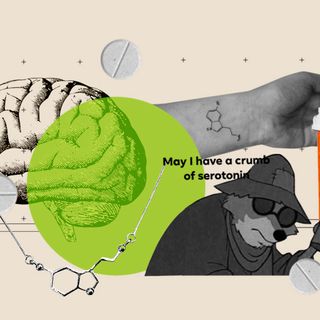Anemia, commonly associated with low levels of iron in the body, is also a result of poor quality of diet and socioeconomic factors, a new analysis shows.
The pan-India study, conducted by researchers from the National Institute of Nutrition (N.I.N.), included a sample size of 33,000 children and adolescents in urban and rural areas from the Comprehensive National Nutrition Survey of 2016–2018.
The study found that children from rich urban backgrounds had iron deficiency but fewer cases of anemia. On the other hand, in poor children from rural areas, despite high iron levels, there was a higher prevalence of anemia. This is because a lack of nutritious diets leads to poor utilization of iron to synthesize hemoglobin in the body, the researchers concluded.
“When anemia prevalence increases … Usually, iron supplementation interventions through supplemental iron tablets or iron fortification of foods is intensified. But are these solutions that focus merely on increasing intake of iron enough to reduce anemia prevalence in India? It does not seem so as per this recent study,” said Dr. Hemalatha R., director of the NIN.
The findings of the study can help re-evaluate existing approaches to address the condition, which affects over 50% of women and children in India. In children, anemia can have various effects, such as problems with learning and the development of motor skills.
Related on The Swaddle:
Air Pollution Raises Anemia Risk in Kids Under 5: Delhi Study
“Diet quality is important for efficient hemoglobin synthesis, as iron is not the only nutrient required; many other nutrients are also essential,” lead author of the NIN study Bharati Kulkarni told The Hindu. A lack of nutrients, such as Vitamin B12 and folic acid, can also cause other types of anemia. Other nutrients, such as Vitamin C, aid in the body’s absorption of iron.
The study also found that poor utilization of iron among the rural poor could be linked to infections related to unhygienic surroundings. “Highly prevalent infections due to unhygienic environment also reduce iron absorption and utilisation for haemoglobin synthesis,” Kulkarni added.
Therefore, apart from relying on supplements, addressing poverty and its related effects such as nutritional insecurity and hygiene may be equally important in addressing anemia in children.
This is corroborated by a 2019 study by Cambridge University that drew a similar conclusion: in addition to iron supplements, socioeconomic conditions of households needed to be improved in order to improve maternal health, low birth weight, and other associated problems linked with childhood anemia in India.
Researchers in an earlier study by the NIN, in collaboration with the University of Maryland, found that adding a multiple micronutrient powder containing iron, zinc, Vitamin C, Vitamin B12, folic acid, and so on to children’s meals showed a significant reduction of anemia in children aged 3 – 6 years. The study also said that strategies to address anemia can make use of the Anganwadi infrastructure, which covers childcare services for more than 2.5 crore children in this age bracket.
The study’s socio-economic implications necessitate that a number of other issues are looked into. For instance, the nutritional value of food provided through the mid-day meal scheme, which forms the main part of underprivileged school children’s daily food intake. This scheme has been the subject of controversy in the past owing to a recent policy of not serving eggs, a key nutritional component for growing children.




